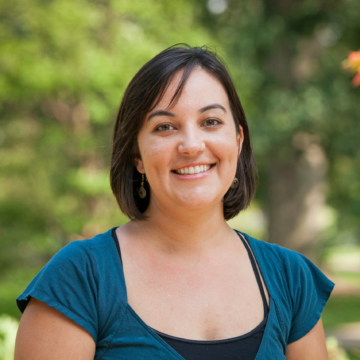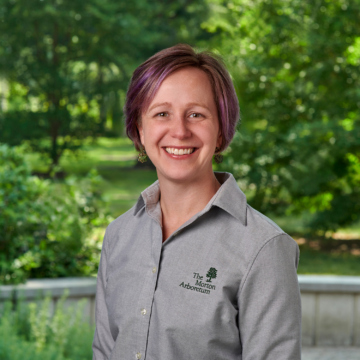In the absence of disturbances, once-abundant oak savannas have been largely converted into closed-canopy forests and are now among the most endangered communities in the upper Midwest. In order to restore oak ecosystems, land managers have increasingly incorporated prescribed burns and overstory thinning into their management plans. However, similar management techniques often produce diverse outcomes, and the effects of these treatments on oak trees and soils remain largely unknown.
A major challenge to advancing the science and practice of ecological restoration is understanding and predicting context-dependent responses to restoration. We are addressing this challenge by examining overstory tree and soil responses to management across sites that vary in edaphic soil factors and site histories throughout the Chicago Wilderness. Our goals are to evaluate the generality of site-specific restoration outcomes and provide managers with the information they need to implement effective restoration strategies.

